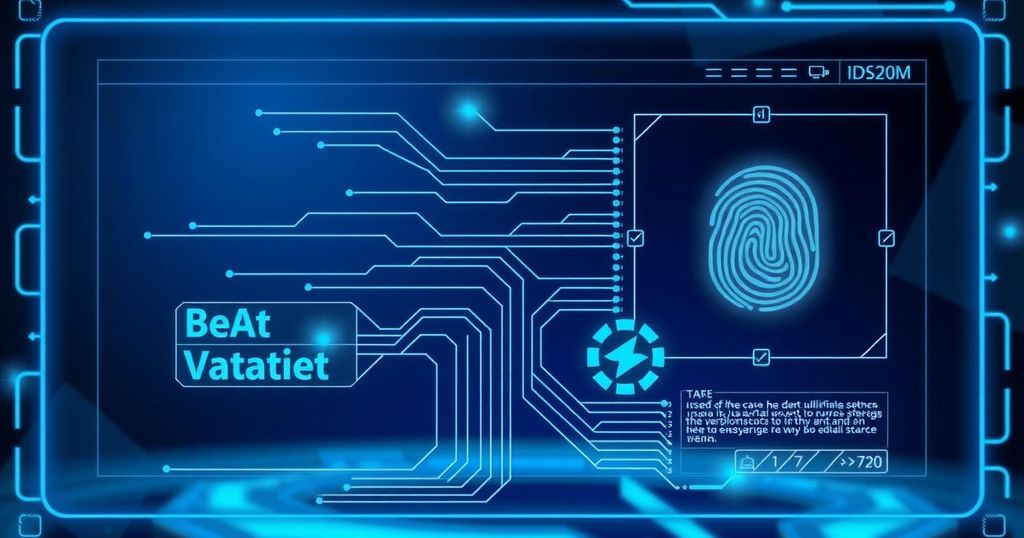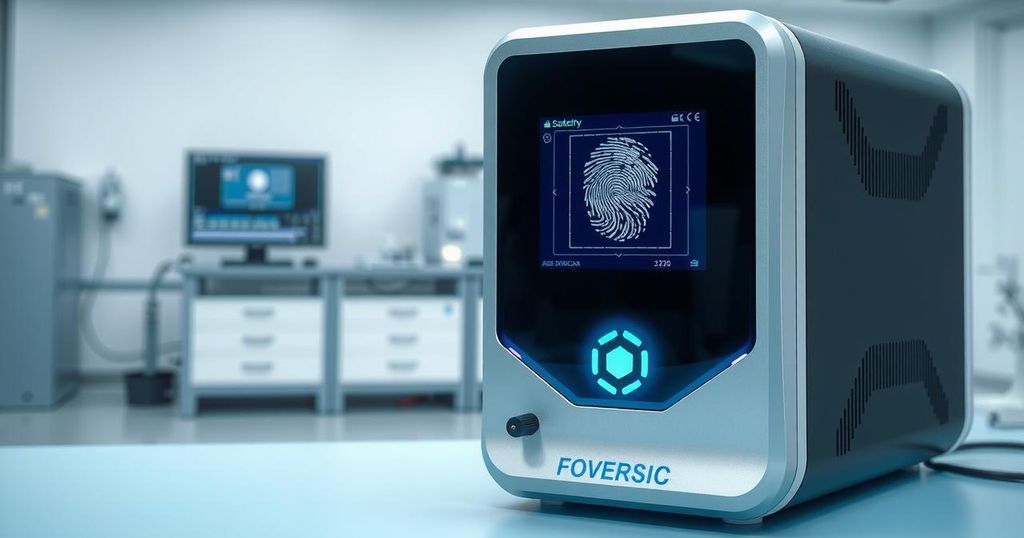A Veriff report highlights a growing comfort with selfie biometrics among users for online transactions as companies leverage AI to combat rising fraud attempts. Key players in the industry like AuthenticID and iDenfy are enhancing identity verification systems amidst increasing instances of sophisticated fraud, particularly in the cryptocurrency market. The findings underscore a robust shift towards biometric methods in ensuring secure digital interactions.
The use of AI and biometric technologies is transforming the security landscape in the financial services sector, particularly for online transactions. Companies such as Veriff, AuthenticID, iDenfy, and Trulioo are at the forefront of implementing advanced identity verification systems to combat increasing fraud attempts. Veriff’s latest Fraud Index has revealed that over 25% of respondents faced AI or deepfake-related fraud threats within the past year, particularly severe in areas like cryptocurrency where transactions are both anonymous and rapid. The report indicates a growing acceptance of biometric verification methods. Specifically, 61.74% of users are comfortable utilizing IDs and selfie biometrics for online identity verification, while 62.44% prefer facial recognition for accessing online accounts. This shift signifies a major trend toward integrating sophisticated AI tools for practical fraud prevention. In response to the rising fraud, AuthenticID has launched “Velocity Checks” aimed at identifying and preventing high-frequency fraud through biometric deduplication. This tool enables businesses to detect patterns indicative of fraud before transactions are finalized. Meanwhile, iDenfy has secured partnerships with fintech companies Bitlocus and FinCause to enhance the security of their cryptocurrency platforms. FinCause, under regulation by the Bank of Lithuania, is leveraging iDenfy’s technology for an automated KYC process, while Bitlocus will utilize similar technologies to streamline user verification in the crypto sector. As fintech companies expand globally, identity verification mechanisms become increasingly important in facilitating secure cross-border transactions. An example includes Trulioo’s strategic partnership with Airwallex, aimed at integrating compliant selfie biometric identification for users in diverse markets. In the lending domain, AI and biometric tools are also being utilized to enhance fraud detection and customer onboarding procedures. Notably, Aro’s Precision service employs GBG’s global identity network to provide advanced fraud prevention measures for lenders, ensuring accountable lending practices. Additionally, ConnectID’s collaboration with Lendela in Australia exemplifies the incorporation of digital identity solutions to improve the verification process while minimizing fraud risk in lending operations.
In the financial services industry, digital identity verification is becoming critical given the rise in online fraud, particularly in sectors dealing with high volumes of transactions like cryptocurrency and digital payments. Advances in AI and biometric verification technologies are being harnessed to create secure user experiences while minimizing the risk of identity theft and fraud. The increased dependency on digital channels has simultaneously heightened the urgency for reliable verification systems that can efficiently combat sophisticated fraud techniques, such as deepfake attacks.
The latest findings from Veriff indicate a significant trend towards embracing biometric identification methods among users to secure their online interactions. With alarming rates of fraud attempts reported, especially in cryptocurrency, the urgency for companies to adopt advanced AI-driven solutions is paramount. Partnerships across the fintech space to enhance identity verification are not only essential for regulatory compliance, but also crucial in sustaining user trust and ensuring safer financial environments. The integration of these technologies is expected to reshape how identity verification and fraud prevention are approached in various sectors.
Original Source: www.biometricupdate.com






